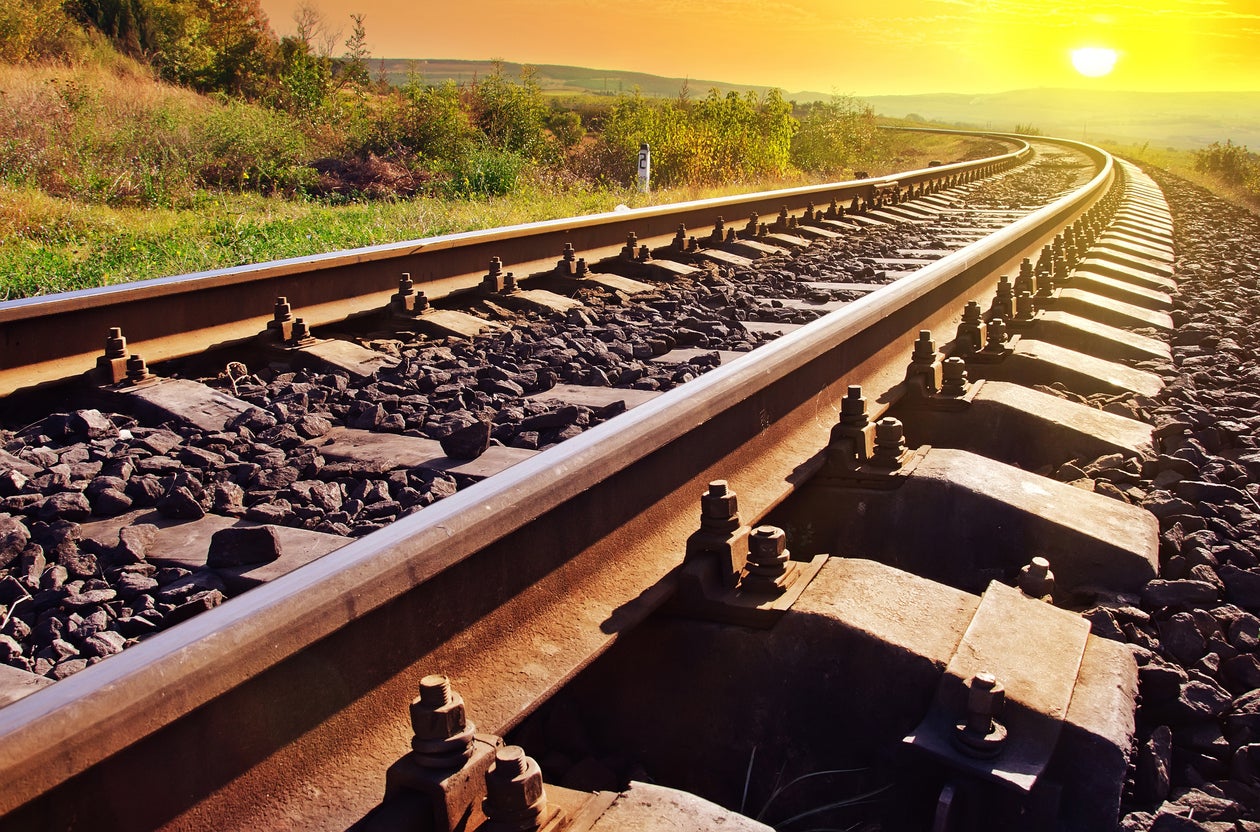Train timetables changed as UK braces for extreme weather amid heatwave
‘A summer heatwave can cause as many problems for the railway as a downpour’ – Network Rail

Your support helps us to tell the story
From reproductive rights to climate change to Big Tech, The Independent is on the ground when the story is developing. Whether it's investigating the financials of Elon Musk's pro-Trump PAC or producing our latest documentary, 'The A Word', which shines a light on the American women fighting for reproductive rights, we know how important it is to parse out the facts from the messaging.
At such a critical moment in US history, we need reporters on the ground. Your donation allows us to keep sending journalists to speak to both sides of the story.
The Independent is trusted by Americans across the entire political spectrum. And unlike many other quality news outlets, we choose not to lock Americans out of our reporting and analysis with paywalls. We believe quality journalism should be available to everyone, paid for by those who can afford it.
Your support makes all the difference.As rail passengers prepare for weeks of industrial action by train staff, travellers are being warned to expect longer journeys during the impending heatwave.
Forecasters say the temperature in parts of England could reach 40C for the first time on Monday or Tuesday. A Met Office red warning applies for a patch of the nation from south of London to Lancashire and Yorkshire.
Blanket speed limits are expected to be imposed across large parts of the railway network, leading to slower journeys and increased congestion for trains.
According to Network Rail, the infrastructure provider, rails in direct sunshine can be 20C hotter than the air temperature – and can buckle under the strain of fast trains.
South Western Railway, which runs trains to and from the UK’s busiest station, London Waterloo, says: “Hot temperatures are forecast across the South Western Railway network this weekend and early into next week.
“Services may be altered so that trains can be used to inspect the line and rapid response staff will be deployed across our network ready to act if poor rail conditions are reported.”
Thameslink, the commuter network that runs north-south through central London, also warns of a higher risk of lineside fires.
Transport for Wales is already running a slightly reduced service ”as a result of the potential impact on the infrastructure and our trains from extreme heat”.
Avanti West Coast, which runs from London Euston to the West Midlands, northwest England and southern Scotland, is advising passengers “to only travel if absolutely necessary between 16 and 19 July”.
“An extreme heat weather warning is in place until Tuesday 19 July, meaning an amended timetable and extended journey times on Monday 18 July, with the impact to Tuesday 19 July still under review.”
Over the weekend, the primary cause of predicted cancellations is a shortage of train crew.
Southeastern, which runs from London to Kent, says: “On really hot days we’ll have a ‘crowdbuster’ train on stand-by between Faversham and Ramsgate, longer weekday trains from Victoria to Ramsgate and there’ll be extra staff on hand to help keep you safe and secure.”
Network Rail warns passengers: “A summer heatwave can cause as many problems for the railway as a downpour.
“Because rails are made from steel, they expand as they get hotter, and can start to curve – this is known as ‘buckling’.
“Slower trains cause lower forces on the track – this reduces the chance of buckling.”
“Most of the network can operate when track temperatures heat up to 46C – roughly equivalent to air temperature of around 30C – but rails have been recorded at temperatures as high as 51C.
“We paint certain parts of the rail white so they absorb less heat – and expand less. Typically, a rail painted white is 5C to 10C cooler than one left unpainted.”
Join our commenting forum
Join thought-provoking conversations, follow other Independent readers and see their replies
Comments